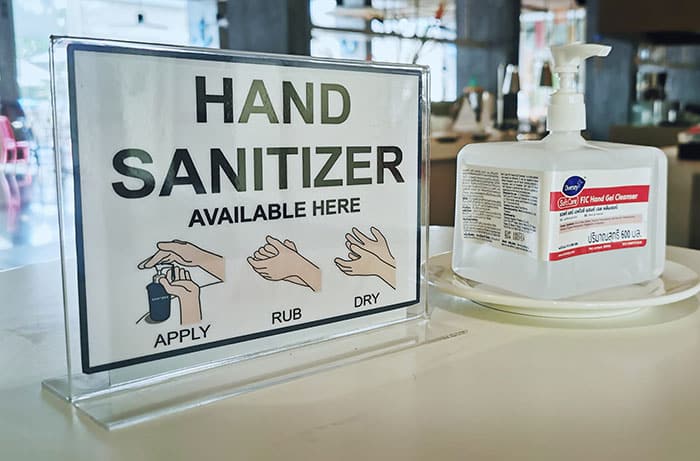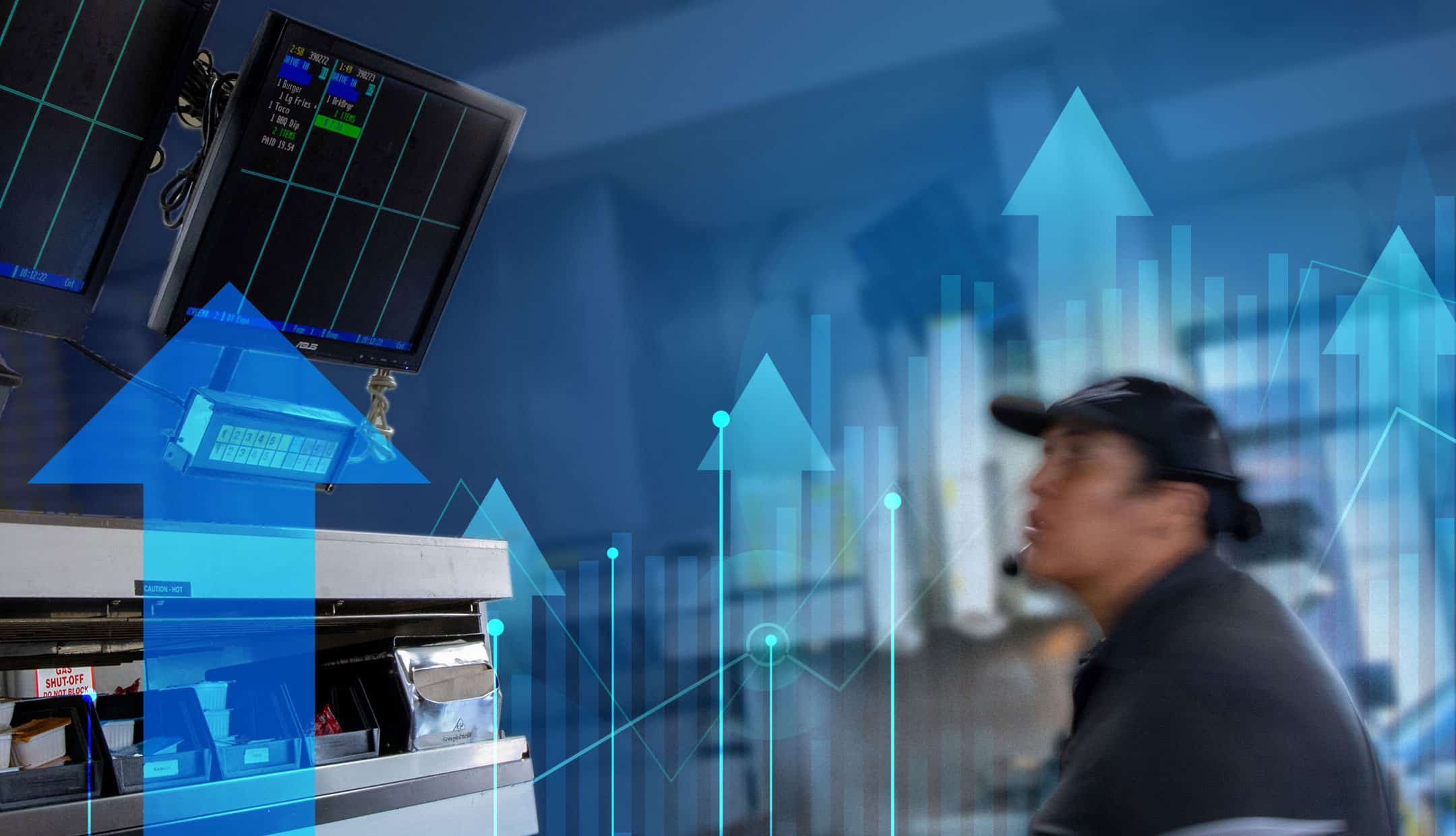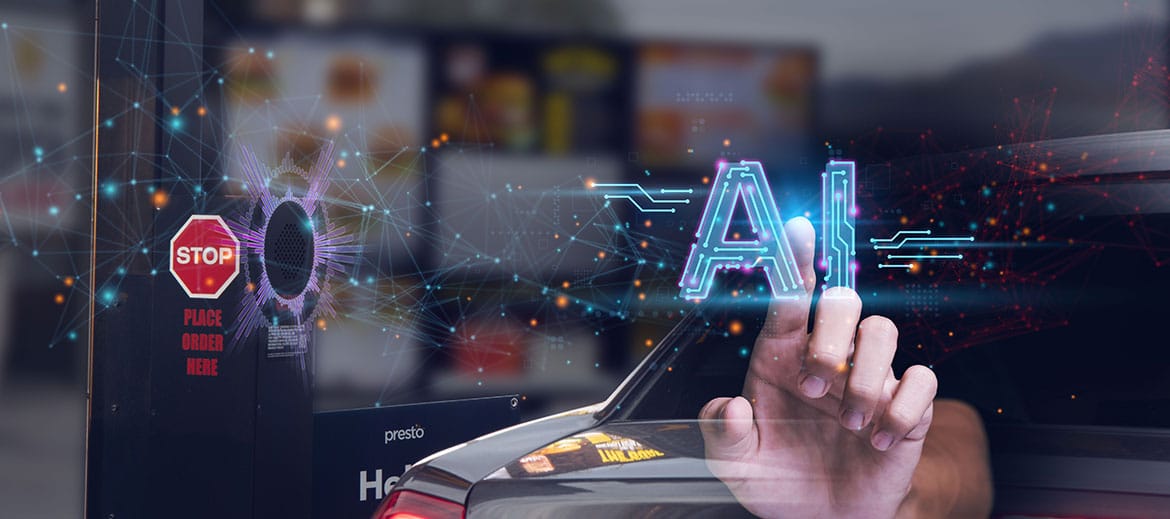COVID-19 is continuing to spread rapidly across the globe. Economists are expecting significant business disruption and a stalled global economy over the next several quarters. Besides forced restaurant closures, consumer concerns about personal safety are having a significant impact on restaurant visits. According to a recent National Restaurant Association study, the industry lost $25 billion in sales and more than 3 million jobs with nationwide sales down 47% during the first 22 days of March.
What should quick-service operators achieve right now in response to the pandemic? While the health crisis remains out of the control of restaurant operators, they need to continue to communicate openly with guests, while preparing for the future as much as they can. Here are 3 action items that quick-service restaurant chains can begin working on right away to help their business.
Communicate with Guests Regularly and Openly
During this global crisis, operators and guests alike face great levels of uncertainty. Restaurants need to regularly update guests with their response towards the COVID-19 pandemic. Are you still open for business during regular hours? Have you revised your paid sick leave policies? Restaurants should actively remind guests that they are still open for business during this challenging time.
Next, outline the actions that you are taking to preserve the safety of your employees, guests, and community. Yes, businesses are bombarding guests with updates on the new cleaning procedures that they have launched, but this is a necessity. Don’t want to sound like a broken record? Tie your actions with your brand values. Keep your messages frequent yet simple. Most of the public is already fatigued by the mass amount of information about the pandemic that they sort through on the daily.Finally, double down on marketing and revise your messaging. In the pandemic climate, restaurant marketers need to remain sensitive to guest sentiment in their tone, wording, and visuals. But do let people know the actions you are taking to serve your communities with the same delicious and familiar food in a safe manner.
Address Future Hygiene Concerns
Most restaurants have enacted new sanitation and hygienic procedures, such as contactless delivery and tamper-proof packaging. However, the fallout of the COVID-19 pandemic will likely affect guest confidence even after shelter-in-place orders are lifted.Restaurants will likely need to contend with new government constraints that we already see in restaurants in East Asia, as well as grocery stores around the U.S. For example, there may be mandatory social distancing between guests in restaurants, as well as capacity constraints. Staff might be required to wear masks and gloves, and be regularly monitored for fevers, similar to Walmart’s new health and safety guidelines.
In addition, guests may demand more measures to ensure that their entire dining experience is safe from start to finish. They may demand antibacterial wet wipes on tables so they can have more control over their hygiene, as well as seeing cutlery and napkins placed in plastic pockets. Guests will likely be wary of any human interaction. When ordering, guests may prefer to order on demand using devices that can be easily cleaned with wet wipes, rather than paper menus with a large surface area. Finally, guests may look for contactless payment options, such as tapping to pay with their mobile wallet or NFC card. Start planning for this new normal, and communicate with your employees clearly about the new procedures you plan to enforce to address guests’ hygiene concerns.
Plan for Post-Shutdown
The main thing that restaurants should be doing right now is to make their game plan for once shutdown regulations have been lifted. This starts with doubling down on marketing to help drive traffic and improve brand perception. Find ways to connect with your guests digitally. For example, In-Store Kiosks allow guests to sign up for loyalty programs, get personalized upsells while at the restaurant, and receive personalized offers in their emails to use during their return visit.
Next, work on optimizing your on-premise and off-premise operations for the new normal. Paid sick leave could be the new normal across the restaurant industry, and operators might need to reduce staffing to lessen crowding. As a result, restaurants need to have a system in place to instantly handle days with less staff and the surge in demand for off-premise orders. In addition, guests will prefer having less interactions with staff, and want to see more cleaning, fast online order pickup, and self-checkout options. QSR brands need solutions that make their off-premise operations more efficient to handle the increased demand, at scale, and without needing to hire more staff. In-Store Kiosks free up counter staff for cleaning and the kitchen to accommodate for online orders. Drive-thru operators can speed up lines and eliminate opt-outs by taking orders and payments at the car window with Line Busters. Computer Vision can help operators optimize their staffing schedules. The technology measures line lengths, wait times, and opt-out rates in real time so managers can determine peak traffic times and optimize staffing schedules.
Being prepared and proactive for these changes will enable restaurant brands to take significant market share during the “Ramp Up” phase, when consumer expectations have been reset, and they are more open to new brands that cater to their new needs. Brands that go furthest in making their guests feel comfortable will reap the most benefits. Learn more about the solutions that Presto is offering to help quick-service restaurants serve guests while minimizing human contact.



